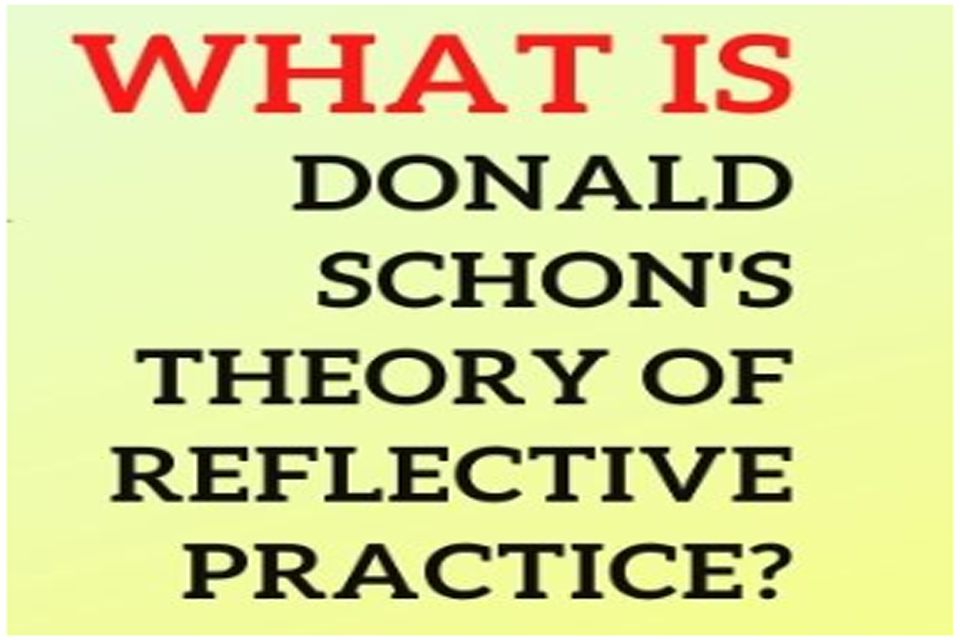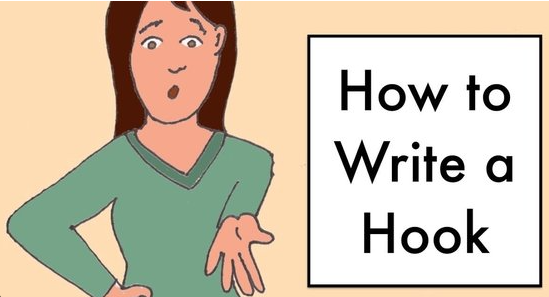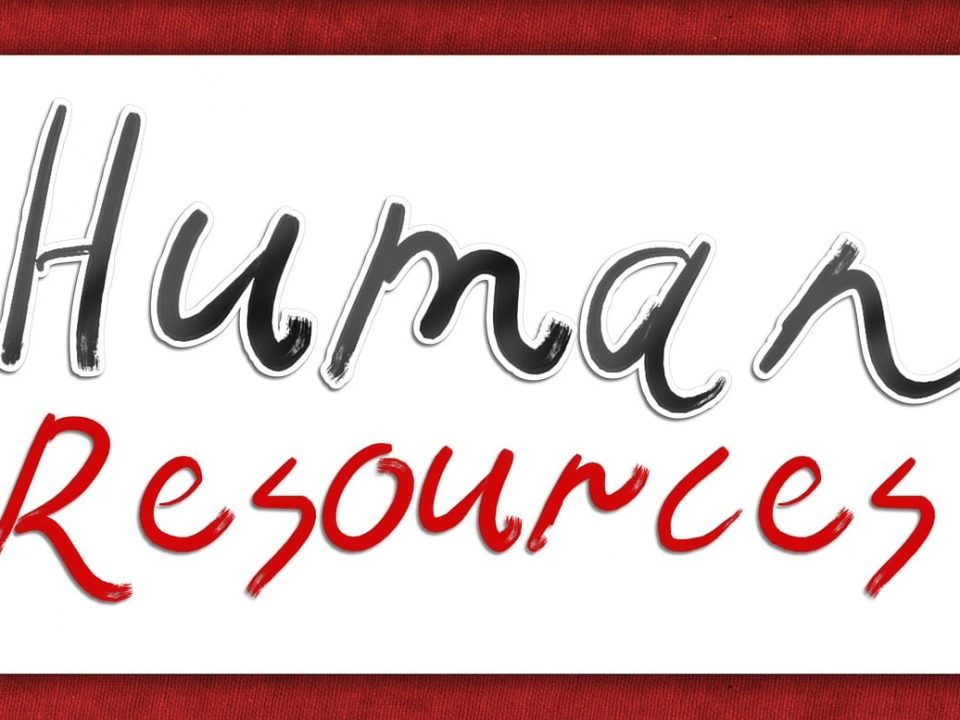The Schön reflective model: A guide

Introduction
The two parts of the Schönreflective model are reflection-in-action and reflection-on-action. The article will discuss Schon’s idea behind developing his practitioner’s self-reflection. It will go through the concepts behind the model and its advantages and disadvantages.
Reflection-in-action:
• Experiencing
• Pondering on your feet
• Pondering over subsequent action
• Working immediately
Reflection-on-action:
• Experiencing
• Pondering on your feet
• Pondering over subsequent action
• Working immediately
As per Donald Schon, reflection is a professional activity to ponder over what they are doing while still performing the task.According to his opinion, undetermined areas of professional practice need to potential to ponder on the run and use the experience in different conditions.It is vital and requires the potential to reflect in action.
Schon’s thinking about reflection
Schon thought that reflection is a task of learning a specific practice.It connects to the learners learning while doing something with the tutor’s assistance. The task of practicum can be reflective in two ways; first, it can help learners become competent in a kind of reflection-in-action and when it runs appropriately it makes tutor-learn conversation take the form of reflection-in-action while teaching.
Tacit knowledge
The tacit knowledge comes from Michael Polanyi’s writing, which explains the potential of choosing a known face from a crowd with certainty or doing a systematic feature analysis. Though it is unknown how it is done, the knowledge remains tacit or unspoken.
Knowing-in-action
It is also a concept from the Schön reflective model, which arises from tacit knowledge. It is a kind of knowledge that can be disclosed during performing a duty or handling a problem. The knowing is in action and can be demonstrated by aptly executing the performance. The unspoken knowledge is discovered from investigations and the practitioner’s reflections and experiences. The knowing-in-action shows the practitioner’s capability to perform work without thinking too much about it. For instance, medical staff will wash their hands several times during the day by following the correct techniques without putting in too much cognitive effort.
Reflection-in-action
As per the Schön reflective model, reflection-in-action is a kind of individual reflection during practice. When performing their work, the practitioner will evaluate their knowledge to help decision-making.It may consist of theoretical knowledge and insights the practitioner may have gathered during a reflection on action sittings.It can also consist of particular knowledge concerned with a particular situation, like the requirements of the patients.
Reflection-in-action is also referred to as thinking on one’s feet. It unifies all the information at the practitioner’s disposal while deciding and selecting the best plan. This part of the Schön reflective model allows you to respond and alter a situation when it occurs.You can easily deal with surprising incidents in a learning atmosphere.
Reflection-on-action
When the reflection is made after the happening of an event, then it is known as reflection-on-action. This stage of the Schön reflective model involves reflecting on how practice can be built after the occurrence of an event.Schon identified the significance of reflecting to discover how the knowing-in-action may have added to the unforeseen outcome. The reflection-on-action must stimulate ideas on what needs to be changed in the future. In this stage of the Schön reflective model, the reflection is performed after an event or situation to bring out the essence and learn from the experience.
Operative attention
Operative attention identifies with readiness to utilize the new information.Schon obtained this concept for the Schön reflective model from Wittgenstein’s proposition that the context of an operation can only be studied through its execution. It makes the student ready for feedback on the activity and develops understanding.
Ladders of reflection
Action and reflection on action build a ladder. A reflection succeeds all actions, and actions recursively succeed all reflections. To sift upwards on a ladder means reflecting on the past activity and moving down means shifting from reflection to experimentation. Thus in the ladder, the products of reflection also become objects for future reflections.Schon speaks about the significance of this concept through the Schön reflective model.The concept can help when you are stuck in your learning.
Double-loop learning
In this double-loop learning concept developed through the Schön reflective model, Schon tried to make a contentionthat many business people learn through a single-loop process. When they face an issue, they use their understanding and experience to find a way out within the governing variables of the event.Assumptions about the event can be considered as the governing variables. But the double-loop learning concept challenges or questions the foundational governing variables to attain a superior outcome compared to what could be achieved by continuing within the present restrictions.
Advantages and disadvantages of the Schön reflective model
Advantages:
• The reflection can be performed while working on the job
• The reflection can be performed deeply as we try to question our prejudices and assumptions
• Useful to explain how experienced practitioners frequently know what to do without understanding how they know what to do
• Useful for practitioners with less time who cannot reflect upon a situation after its occurrence
Disadvantages:
• If the Schön reflective model is used frequently, it may immobilize the reflection-in-action
• Overuse can take away concentration from the actual task
• The Schön reflective model is not self-contained in itself; the ideas of the model should be used with other models that explain the process of reflection.
• More time and effort are involved in double-loop learning than in single-loop learning, which cannot work for busy practitioners.
Evaluation of the Schön reflective model
Adhering to the Schön reflective model will build a questioning approach to your nursing practice.The Schön reflective model makes you think about why things are in a particular form and how they could be.The model will help you think about the strengths and weaknesses in your practice, question why learning experiences are in a particular form and analyze how to develop them.Hence, what you do will be cautiously planned, learned by research and experience, and concentrated with logicalreasoning.
Conclusion
It can be concluded that the Schön reflective model helps a practitioner reflect on an action or an ongoing action and make improvements accordingly. The model is primarily based on two elements, reflection-in-action and reflection-on-action. The reflection-in-action consists of thinking and solving a problem while acting, whereas reflection-on-action involves a retrospect review of the action taken and identifying the improvement areas.The model recommends that by using reflective practice, one can find out better outcomes for their clients.
Total Assignment Help
Incase, you are looking for an opportunity to work from home and earn big money. TotalAssignmenthelp Affiliate program is the best choice for you.
Do visit :https://www.totalassignment.com/affiliate-program for more details
Total Assignment help is an assignment help Online service available in 9 countries. Our local operations span across Australia, US, UK, South east Asia and the Middle East. With extensive experience in academic writing, Total assignment help has a strong track record delivering quality writing at a nominal price that meet the unique needs of students in our local markets.
We have specialized network of highly trained writers, who can provide best possible assignment help solution for all your needs. Next time you are looking for assignment help, make sure to give us a try.
Looking for Assignment Help from Top Experts ?
Get the best Assignment Help from leading experts from the field of academics with assured onetime, 100% plagiarism free and top Quality delivery.


